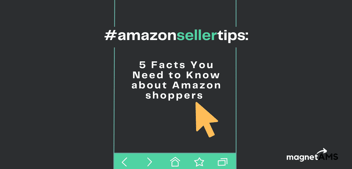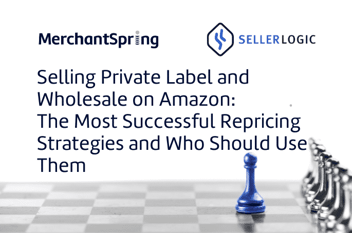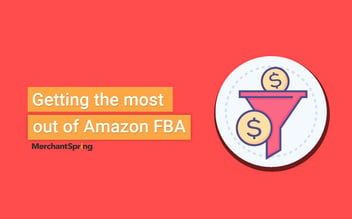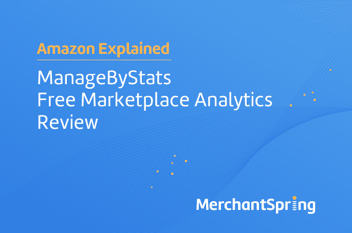Amazon launched in Australia in 2017. Since then, manufacturers, brand owners and wholesalers face multiple options for selling their products on Amazon au, Amazon Vendor Central, Amazon Seller Central or a hybrid approach.
Here's a short introduction to explain the difference between the two platforms and how they will influence your selling experience on Amazon Australia.
Amazon Vendor Central
Amazon Vendor Central is commonly used by manufacturers and brand owners without existing direct-to-consumer channels. It is an invite-only platform that is ideal for selling products in larger volumes.
Amazon Vendors essentially have their products 'sold by Amazon' and are treated as a supplier in a similar manner to supplying products to Coles, Woolworths, or Bunnings. Your business manager will liaise directly with the relevant Amazon Vendor Manager (buyer) to negotiate cost pricing and other forms of product rebates. Amazon takes on the role of the ‘retailer’ and determines the price. Suppliers ship their products in bulk to one of Amazon’s warehouses with payment terms typically being around 90 days.
A key difference to traditional retailers is that Amazon makes suppliers responsible for providing all product photography and content, including rich content such as product videos, comparison charts and store-fronts.
Amazon Vendors are offered a number of marketing services not available to Amazon Sellers, these include Amazon Vine, Amazon A+ Content, and Head-Line ads. Whilst most of these services are subject to healthy fees they certainly provide products with a competitive advantage in driving product conversion. For example; some Amazon Vendors in the US report an increase in product sales of 10% as a result of including A+ content in their product pages.
Amazon Seller Central
Amazon Seller Central is open to anyone including retailers, wholesalers and individual traders. Similar to those on eBay, and Catch Marketplace, Amazon Sellers have complete control over the product pricing and listings (subject to Amazon’s restrictions). Amazon provides the marketing and e-commerce platform and charges a commission of 8-15% for this service.
While the commission levels and payment terms are more favourable than the commercial underpinning of the Amazon Vendor model, the Seller will incur additional costs in marketing and merchandising, customer service and B2C fulfilment requirements.
For Amazon Sellers, the key to competing successfully on Amazon is more than simply price. Amazon’s E9 algorithm rewards great quality product content and photography and favours those listings with high Seller Ratings. Sellers with great content, a strong rating and a strong product portfolio are well placed to reap the benefits of Amazon’s arrival in Australia.
Ready to sell on Amazon Australia? Learn more on our blog!










Add a Comment